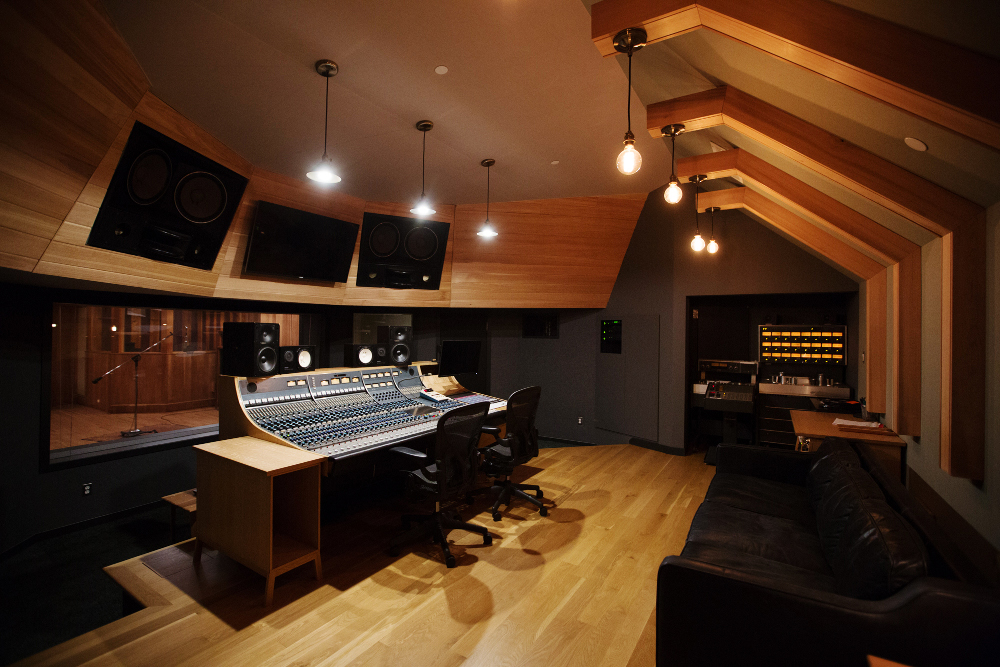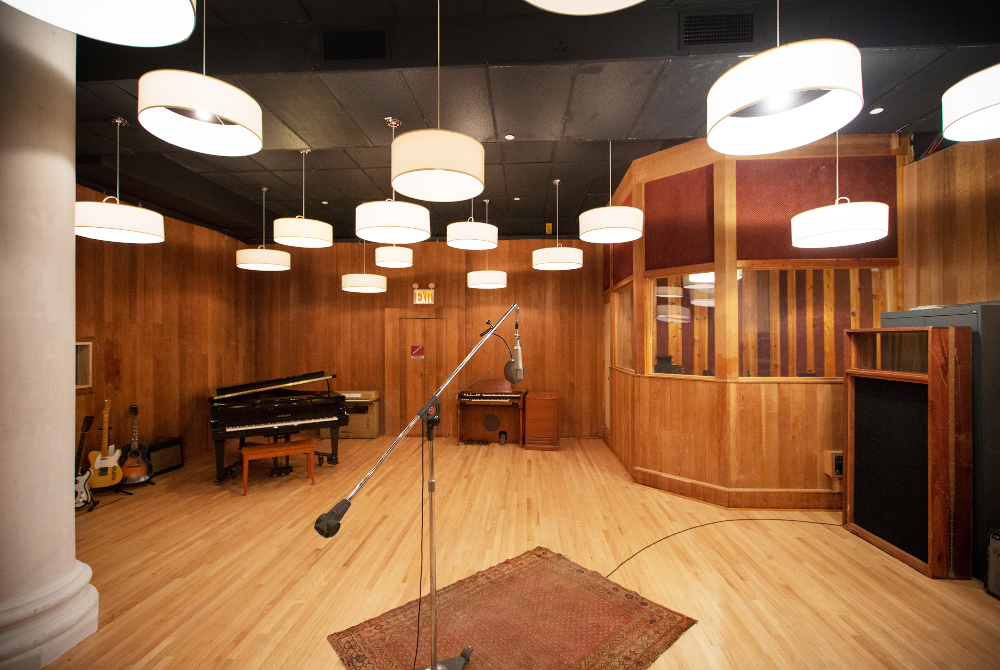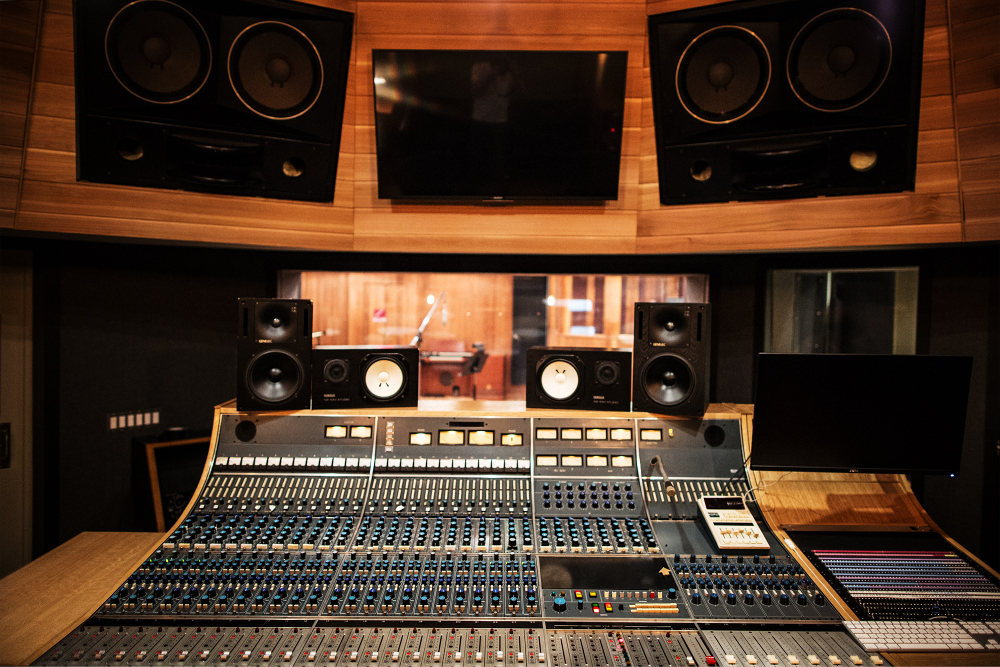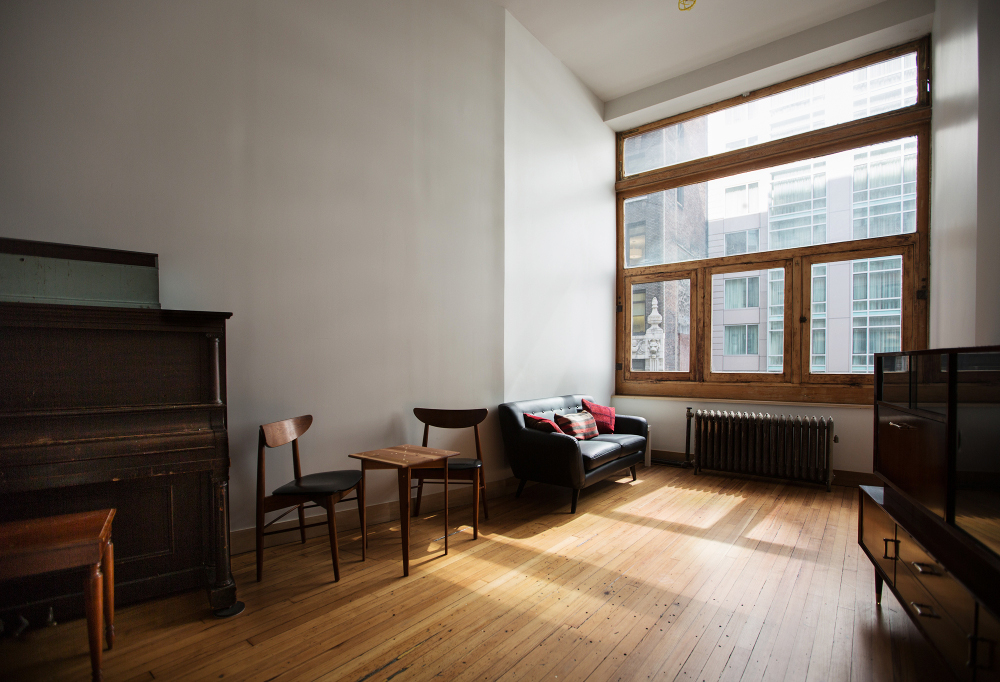Reservoir: An NYC Studio Takes on a Complex Persona
Recording studios have a lot in common with the artists that come through their doors. Some try hard but go mostly unheard. Others score a hit, have their moment in the sun, and then fade away.
Then there are the rooms that keep keeping on. Like the rare pop star, they’re blessed with a charismatic inner core, their undeniable attributes spanning generations thanks to a penchant for reinvention. Even as they grow older they somehow stay young, tapping their trademark artistic talents even as they discover new ones.
One such triumphant long player in the studio world is Reservoir. Enter its acclaimed space at 36 West 37th Street in Manhattan, and you converge with a facility that’s had more monikers than David Bowie since being established in the ‘70’s. Skyline Studios. Alien Flyers. Skyline Recording Studios. Chung King.
So what makes this name change, which has been in effect since 2015, more than just another sign on the door? Especially when it’s most famous attribute — the 1,500 square foot live room/control room regarded as one of NYC’s best by a legion of platinum producers and artists — was preserved along with its acoustical excellence?
It’s that pretty much everything else around those respected rooms has changed. The layout, ambiance and attitude have all been transformed, in a way that simultaneously pays homage to the great sonic centers of the past while striving to advance the audio business model.
Starting an Ecosystem
The spiritual and physical renovations at 36 West 37th began in early 2015 when Steve Salett, a songwriter and owner of DUMBO’s Saltlands studio complex took it over. Passing the baton was John King, who got battered by his second go at running Chung King there.
Salett partnered in the space with co-owner Patrick Dillett (David Byrne, St. Vincent, Sufjan Stevens), who had started his own prolific career at Skyline working on records by Mariah Carey, the B52s, Mary J Blige, and many more. Early on in the occupation, Salett stated he would carry over what he called the “ecosystem” approach of Saltlands to Reservoir, with its focus on the building up of musical communities.
It’s a vision that he’s followed through on, grounded as much in good sense as it is in starry-eyed idealism. “The model of creating a space that has its ecosystem is partially one of practicality — we have some permanent tenants and its easier to have consistent rent,” Salett says. “All the tenants are connected somehow either socially or professionally, and we are mindful to make sure everyone gets along with each other. Beyond that, what happens to grow out of that system creatively and socially has to happen naturally. In that, I have to say we’ve been very lucky.”
Artists who have take up residence at Reservoir include some notable producer/instrumentalists. In addition to Dillett they include Thomas Bartlett (Sufjan Stevens, The National, St. Vincent, Rhye) the composer/arranger Nico Muhly (Planetarium, Howards End, Bjork, Joanna Newsom), Smokey Hormel (Beck, Tom Waits, Johnny Cash) and Michael Leonhart ( Steely Dan, Bruno Mars, Wu Tang Clan).
Sessions have attracted a who’s who too. Anchored by a classic Neve 8058/68 console restored and commissioned by Matt Marinelli, the studio is proving to be a versatile hub for intimate-to-orchestral tracking sessions, podcast and audiobook recording’s score for Come Sunday, They Might Be Giants, yMusic, Yoko Ono; The Incredibles 2, Mother!, Mozart in the Jungle, Spike Lee, The Greatest Showman and Simon & Schuster. SonicScoop co-founder Janice Brown is Studio Manager for Reservoir, overseeing logistics for the rooms.
“Music production has become a lonelier enterprise in the last few years and what used to necessarily be a collaborative process now has composers and producers and mixers most of the time holed up in a room by themselves,” notes Salett. “Studio A in Reservoir in some ways still feels like something from another era — there is an engineer and an assistant and larger sessions can happily spread out.
“But when the room was first built it was common for producers and bands to block out long periods of time,” he continues. “I think Nile Rodgers rented and locked out the room for years! Now sessions are generally shorter and feel like special occasions. It’s energizing, and since most of Reservoir is common space and we don’t have a private lounge or separation between clients, it just feels like a happy place that creates its own connections and gravity.”
Carefully Updating a Classic
While Salett and Dillett were conscientious about retaining the complex’s classic characteristics, there were some vintage qualities they were willing to move on from. Years of incoherent tweaks by previous owners had gradually robbed the studio of natural light and spaciousness, leading to a dark and cramped atmosphere that belied the 5,000 sq. ft. available.
Reservoir set about opening things up, blowing up the ad hoc floor plan to create appealing open spaces flooded with natural light. Meanwhile, Toronto-based design firm Pilchner Schoustal updated the Studio A control room.
“The original studio is exactly the same as it was in its original Skyline form,” Dillett says in reference to the large live space, which comes complete with its famed drum booth. “The lighting in the live room has been updated, as well as the wiring.
“In the control room, we pulled up the floor and replaced all the wiring,” he continues. “The studio is grounded to tech earth, and has regular outlets on separate power from audio-related power. The dimensions of the room are unchanged, but significant effort was put into tightening up areas that had fallen into disrepair. The speaker soffits were rebuilt to make the angles correct for the current speakers, the machine cabinet was soundproofed, and the fabric and lighting were updated. People who knew the old room find it very familiar when they come here.”
The aforementioned Neve 8058/68 is in good company, gear-wise. Augspurger main and Genelec 1031 monitors are on hand, and Reservoir is stocked with a large supply of classic tube microphones, plus original RCA ribbon mics. Two stereo EMT plates are at the ready, plus a solid complement of outboard. Instruments include a Yamaha C7 grand piano and Ludwig drum kits.
Reservoir’s strength may come across as “contemporary music,” considering the crossover of contemporary classical, arty pop and rock music that’s recorded there, but it goes beyond genre. “More broadly though, I think we’ve cultivated and dialed in the right space, gear, and talent that – together – tend to make compelling and fresh sounding work,” Salett adds. With the space and expertise to record larger groups in Studio A, Reservoir has become a popular studio for film score and other live ensemble recording – including works by Muhly such as the recent Howards End score.
“But the semi-private nature of the overall facility gives it an upscale homey vibe that works really well for any artist or project to spread out here and make a record,” adds Salett. “There’s a big open common space and natural light, and a large control room for production sessions or just for larger group sessions. For that reason, we’ve actually hosted quite a few large-scale shoots with many people in attendance.”
This NPR video was shot at Reservoir, featuring of Nico Muhly, Sufjan Stevens and Bryce Dessner from their Planetarium project.
Where the Big Studio Fits In
What actually makes it all possible is the space itself. This studio might simply be a natural magnet for musical types — drawn in for decades by some unseen power baked into the floorboards.
Now it’s Salett and Dillett that are under its spell, sharing something that’s been building up year after year at 36 West 37th. It’s a classic 1970’s studio, providing the best of what the owners see as a golden era of recording, but with a contemporary outlook.
“Musicians and producers are also superstitious and like to work where others have worked before. Having a history is important—Pat got his start here working with Nile Rodgers and remembers a day when Nile had Diana Ross, B-52s and Hall and Oates all working in separate rooms at the same time. There’s a legacy of great artistry and recording that’s been going on here a long time.”
For the Reservoir team, the welcome challenge has been to maintain and build on that legacy, then inject innovation where it works. “Our model is not a new one: Most studios today have some degree of built-in producers/clientele,” Salett points out. “But I think what’s notable about our approach is that we are directly acknowledging the value of the big-tracking-room-classic-studio and its place in modern music production. Which is understanding that only some productions actually need a room like this, but many, many more will greatly benefit from getting to use it for a day or a half-day here and there.
“By making it available commercially to film scores and shoots and other large-scale sessions, we also keep it around for the drum tracking and the jazz records and the string session for the indie record.
“Also part of this universe are some of the best arrangers and instrumental ensembles like yMusic, and Nico of course – which feel a part of the fabric here and can be part of the draw. A studio – whether or not it’s even being used – has its own gravity. And so we try to ‘let things happen’ as much as possible and watch for those magical moments.”
— David Weiss
Please note: When you buy products through links on this page, we may earn an affiliate commission.










